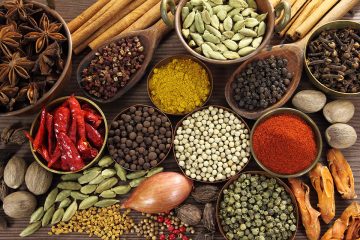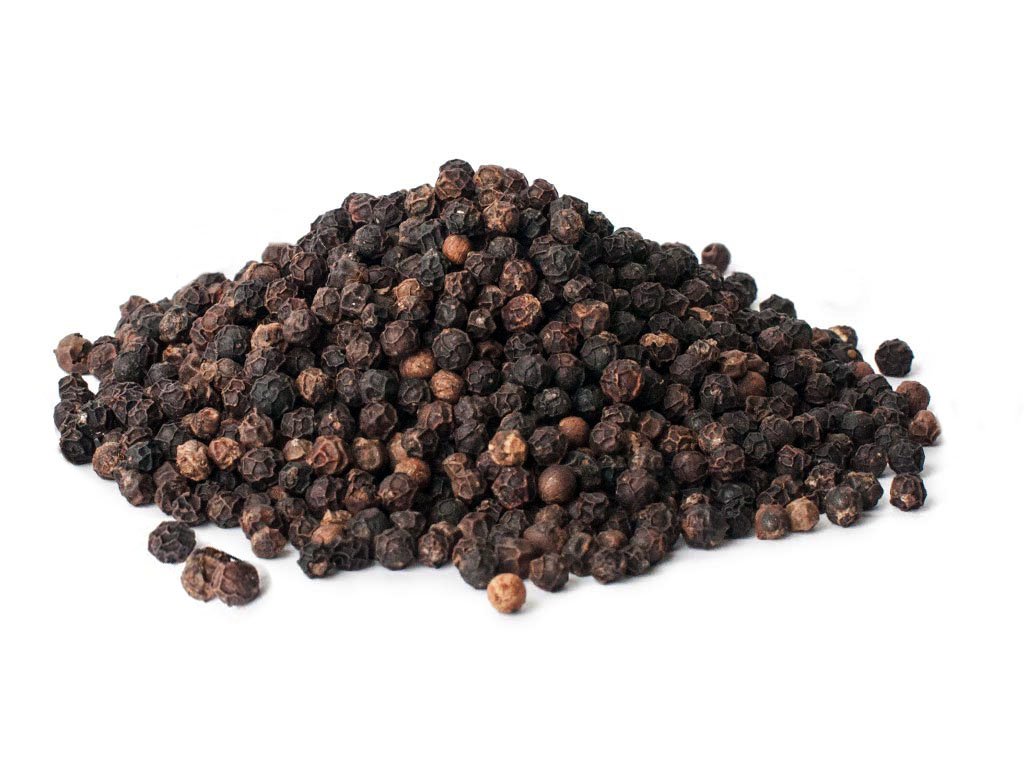
BLACK PEPPER: VIETNAM
From January to September, Vietnam recorded a 15% increase in pepper exports, totalling 204 KMT. Notably, China emerged as the biggest importer with 56 KMT, marking a fourfold surge and compensating for reduced quantities in 2022. However, Chinese demand significantly dwindled in Q3. Concurrently, exports to the US and Europe decreased by 9% and 7%, respectively. In Brazil, year-to-date pepper exports until September reached 58 KMT, experiencing a 4% decline compared to the previous year. This drop was partially offset by redirected volumes to Africa and Asia, as adverse weather conditions impacted the crop in Espirito Santo (ES) and Para faced drought linked to El Niño. On a global scale, pepper production is anticipated to decline by 8% YoY, primarily due to reduced cultivation areas in Vietnam, India, and Indonesia. Early indicators for the 2024 crop in ES, however, suggest favourable conditions.
A gradual decrease in prices over recent months was attributed to sluggish demand, elevated interest rates, and large stocks. The introduction of the coffee crop in Vietnam, still commanding high prices, prompts speculators in the Vietnamese highlands to hold their pepper stocks.
Over the last 3 weeks , pepper prices have increased by 14% due to demand from industries to cover their requirements for Q1 2024 . The new crop is expected to arrive from Feb 2024 after Chinese new year. We expect prices to remain high until Feb 2024
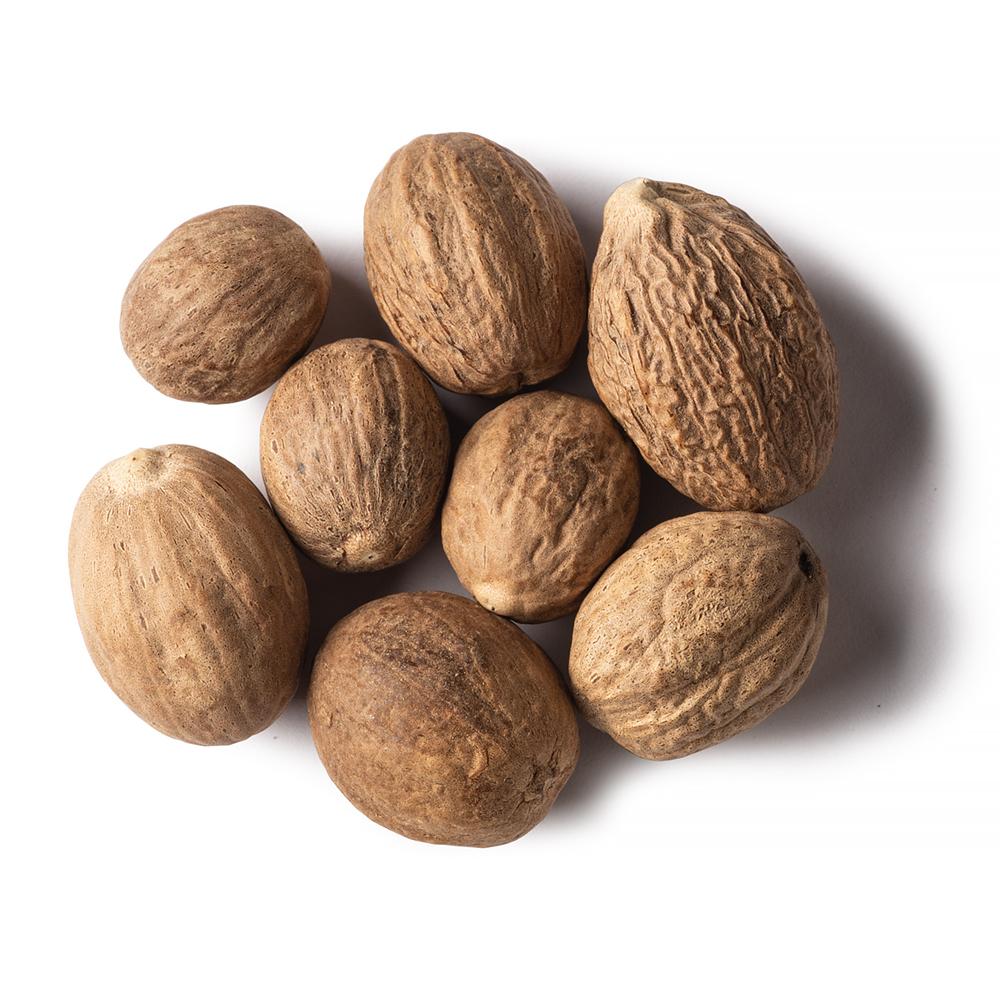
NUTMEG: INDONESIA
Favorable weather conditions during the flowering stage in Indonesia indicate a promising crop for 2024.
India had a successful nutmeg harvest this year, leading to increased export demand from China and other markets. The domestic demand remains robust and continues to grow annually with the expanding population.
Total exported volumes from Indonesia (YtD-Sep) remained comparable to the previous year, with notable shifts in destinations. Nutmeg exports to China surged by 48% YoY, while volumes to Europe (-24%) and the US (-17%) saw declines. Mace exports to the EU also decreased (-8%), offset by an increase in exports to India (+23%).
Indonesian prices for aflatoxin-controlled materials are experiencing a decline, attributed to favourable crop quality this year and reduced demand from destination markets. Projections for total exports in 2023 indicate stability at 20KMT for nutmeg and 4KMT for mace, with ample availability anticipated for the remainder of the year.
Specifically, Indonesia Nutmeg Shrivel is currently quoted at US$ 8,700/MT, with the possibility of further decreases as EU guaranteed nutmeg is readily available.
Meanwhile, prices for EU compliant mace have decreased following the announcement of the revision of the Maximum Residue Limit (MRL) of nicotine from 0.07 to 0.3 ppm. EU mace is currently quoted at US$ 19,000 locally. Although the price difference between EU quality and standard quality is diminishing, a significant gap still exists.

TURMERIC: INDIA
Turmeric prices experienced a remarkable surge this year, setting a record high, primarily due to a substantial decrease (20-25%) in sowing activities for the 2024 crop compared to the previous year. Farmers, responding to several years of low prices, shifted to other crops. Following the peak, a correction in prices occurred as demand was lacking at the exceptionally high levels. Currently, prices exhibit significant variation, influenced by the varying degrees of sowing reduction across regions and varieties.
Unfortunately, for many farmers, the price increase came too late as they had already sold their materials, often including volumes reserved for sowing. This prevented them from adjusting and replanting turmeric in response to the sudden price upswing.
Early predictions for the 2024 crop indicate a 25-30% reduction, driven by diminished sowing and irregular monsoon rains. Regional variability, influenced by El Niño, has resulted in some areas being wetter than others, with certain fields experiencing higher temperatures than usual.
Anticipated for 2024, the supply is expected to fall short of demand, and carry-in stocks are likely to be priced at a premium. The current price premium for EU-compliant materials is higher than usual.
While markets entered a corrective phase due to slow demand after the rapid price increase, they could strengthen again as demand returns ahead of the harvest season.
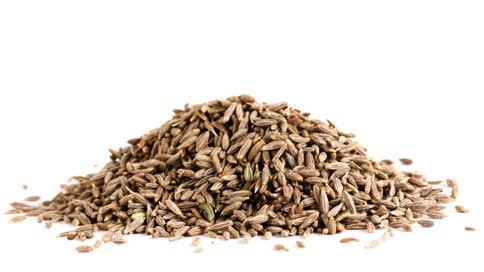
CUMIN: INDIA
Cumin prices have initiated a decline in response to the anticipation of increased sowing for the upcoming crop. After reaching historic highs in 2023, the prices remained stable at elevated levels until September. Since then, a correction of approximately 25% has occurred as early reports indicate favourable sowing conditions for the 2024 crop. Some farmers and stockholders have become sellers, aiming to unload their holdings. It is noteworthy that the availability of IPM (Integrated Pest Management) crop is limited at this late stage in the season, resulting in EU-compliant material being traded with a significant price premium.
In the early months of 2023, exports from India were predominantly directed to China, amounting to 35KMT in the first five months, nearly fulfilling their annual demand. However, China has been entirely absent since then, and volumes to other destinations have not sufficiently compensated. Year-to-Date October, exports totalled 128KMT, marking a 29% decrease YoY. The majority of the relatively small 2023 crop was consumed domestically.
The total acreage for the 2024 crop is expected to become clearer in the coming weeks, as sowing is currently in full swing. The total acreage sown will be a crucial determinant of prices in the coming months, with weather conditions playing a critical role. Although sowing for the 2023 crop was good, volumes were adversely affected by poor germination caused by unfavorable weather conditions.
So far, weather predictions for the upcoming period are favourable, with expectations of a cooler November compared to the previous year.
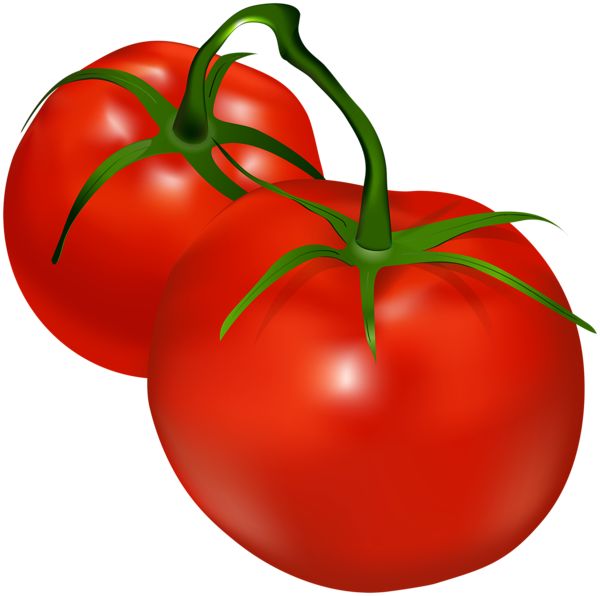
TOMATO: WORLDWIDE
This week, the global industrial tomato production reached an impressive 44.19 million tons, marking the second-highest level ever recorded. However, Europe faced challenges as its tomato production declined due to factors such as high costs, import dependency, and shifting market dynamics. Despite this, Hungary bucked the trend with a notable 38% year-on-year increase, reaching a total of 110,000 tons in industrial tomato quantity.
In summary, while global industrial tomato production reached new heights, Europe faced challenges, Hungary demonstrated growth, Mersin, Turkey, navigated export difficulties, and Mumbai, India, encountered a temporary surge in tomato prices, with expectations of stability in the near future.

ONION: WORLDWIDE
In the onion landscape of Week 47:
India witnesses a surge in fresh onion prices due to a limited supply and unpredictable weather conditions. To curb exports and stabilize domestic prices of fresh onions, the government imposed a 40% export tax and introduces a minimum export price (MEP). Despite these measures, high demand and limited supply contribute to elevated domestic prices.
Bangladesh resumes purchasing onions from Myanmar after India increases export tax rates. This leads to a 20% surge in domestic onion prices in Myanmar within a month. Despite recent price drops, retail markets still face significant increases compared to the past. Myanmar onion producers and exporters actively seek more export opportunities to mitigate market fluctuations.
The Philippines addresses the onion price surge by investing USD 721 million in constructing nine cold storage facilities nationwide. These facilities, donated to farmers’ cooperatives, aim to prevent subleasing to middlemen. The country also continues to combat onion smuggling and hoarding under the Agricultural Economic Disruption Act.
Wholesale prices of onions in Uzbekistan drop by 18% in the past three weeks due to increased domestic supply. Large onion harvests in 2023 lead to oversupply, with wholesale prices 1.7 times lower than the previous year. Weak external demand contributes to the surplus on the domestic market.
The Nigerian government promotes onion farming in Enugu State to boost local production and reduce reliance on imports. The Enugu State Agricultural Development Program encourages onion cultivation, taking inspiration from the success of tomato farming in Nsukka. The initiative aims to address challenges such as high fuel prices, poor infrastructure, taxes, and insecurity.
The Egyptian government’s ban on fresh onion exports prompts exporters to accumulate stock in anticipation of a potential lift by the end of Dec-23. Exporters prioritize Gulf countries for sales, fearing a decline in quality over time and hoping for a high export price once the ban is lifted.

CLOVES: MADAGASCAR
This week, the global industrial tomato production reached an impressive 44.19 million tons, marking the second-highest level ever recorded. However, Europe faced challenges as its tomato production declined due to factors such as high costs, import dependency, and shifting market dynamics. Despite this, Hungary bucked the trend with a notable 38% year-on-year increase, reaching a total of 110,000 tons in industrial tomato quantity.
In summary, while global industrial tomato production reached new heights, Europe faced challenges, Hungary demonstrated growth, Mersin, Turkey, navigated export difficulties, and Mumbai, India, encountered a temporary surge in tomato prices, with expectations of stability in the near future.

